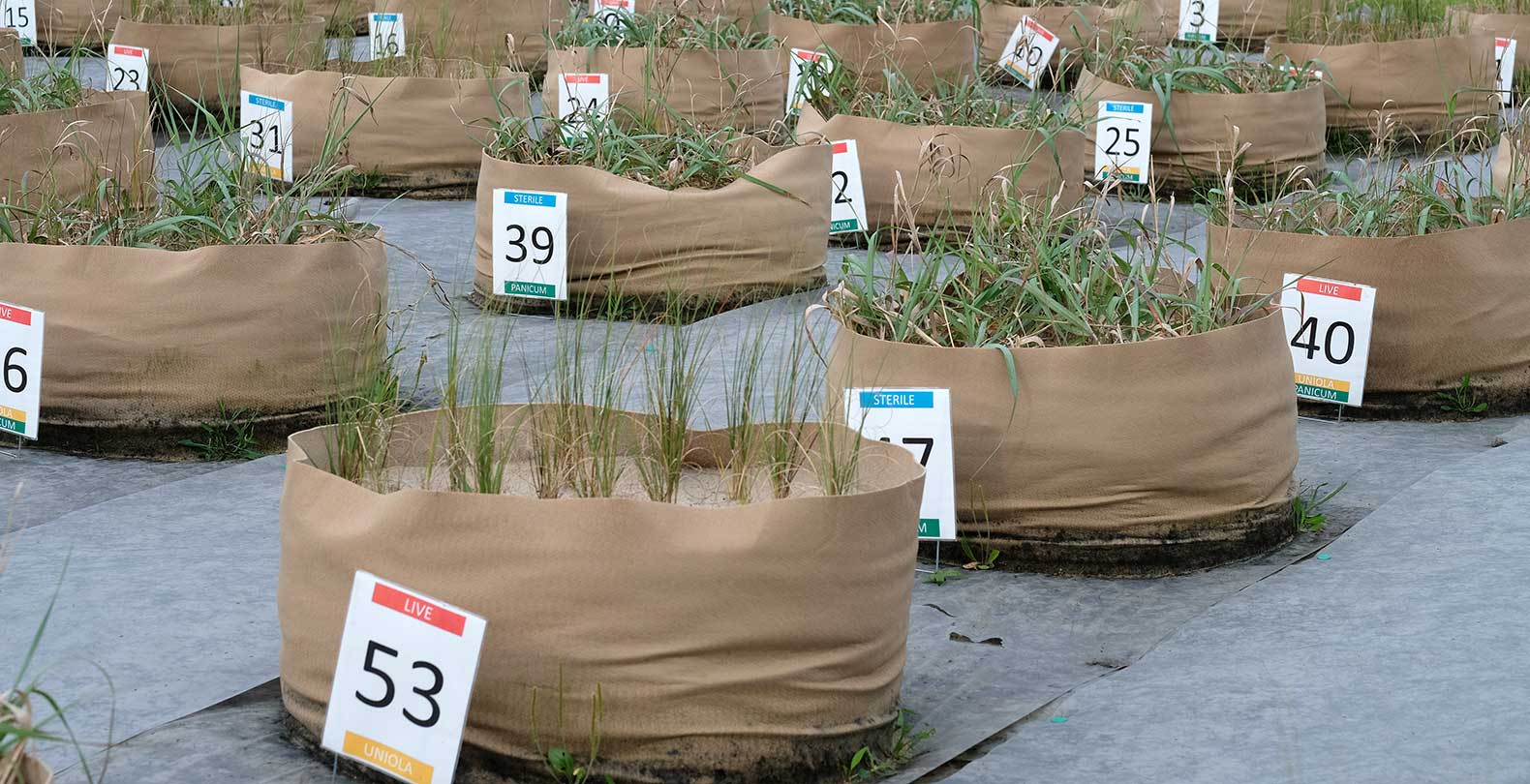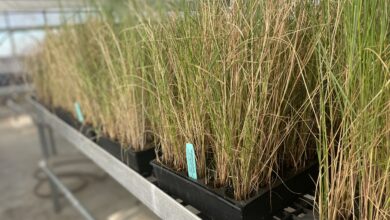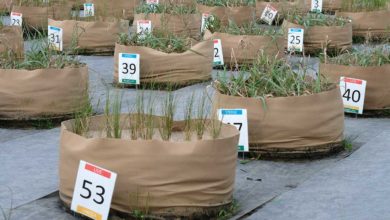Strategies for improving dune restoration success
Science begins with a question. Mine is, “How can we improve the function and resiliency of restored sand dunes in Texas?”
I’ve had experience with dunes before, on several projects in Sleeping Bear Dunes National Lakeshore in Michigan. Most people are surprised to hear talk of sand dunes in Michigan, but they can be massive, rising hundreds of feet above the northeast shore of the lake. Some were deposited by retreating glaciers, others by the persistent winds coming off the lake. In fact, they were the site of one of the seminal papers in ecology – “The ecological relations of the vegetation on the sand dunes of Lake Michigan” by Henry Chandler Cowles, published in the Botanical Gazette in 1899. It was one of the first explorations of the natural succession of plants in a community.
My work focused on diversity in the Michigan dune plant community and the role of soil microbiota in its assembly. In one set of experiments, my colleague and I found that genetic diversity within the dominant dune grass species, Ammophila breviligulata, had a greater effect on the richness and abundance of the arthropod community than plant species diversity. But at least some of that effect depended on the presence of other dune plant species, showing that genetic and species diversity interact to influence community composition. In another project, my colleagues and I showed that the mutualistic relationship between an endophytic fungi and A. brevigulata generally reduced community diversity, yet increased the abundance of at least one threatened species.(Endophytes are symbiotic organisms that thrive within their host plant.) The effects diminished at high and low levels of precipitation, suggesting that soil microbial relationships need to be considered as we predict the response of plant communities to climate change. (By the way, in scientific research we generally refer to species by their Latin names – not because it sounds more important but to avoid confusion with common names that may vary from place to place. For most people, A. brevigulata is known as American beach grass.)
When I came to Texas as an assistant professor at the University of Houston, it was natural for me to continue studying sand dunes. Dune restoration is crucial to the preservation of Texas beaches and nearby habitats, and one of the first steps in restoration is the establishment of vegetation. Previous restoration efforts have suffered from poor plant performance and high rates of erosion. I wanted to figure how to improve the outcome.
So, I came up with four questions:
- Does plant species identity and diversity influence plant performance or soil stability? Other research suggests that mixtures of species tend to outperform communities dominated by one. Planting more species could boost overall productivity and with it soil stability.
- Does the addition of soil microbes from existing dunes improve the performance of restoration plantings? The dredged offshore sand used in many dune restorations lacks beneficial fungi and other mutualists known to enhance plant performance. Supplementing restored dunes with sand from existing vegetated dunes may improve their resilience and growth.
- Does the impact of soil microbia vary by species or the diversity of the community? Interactions between plants and soil microbia are highly contextual. We need to choose the plant species – or mix of species – that will produce the best outcome.
- Do any of these management strategies impair the colonization of dunes by other native species? Restoration and conservation efforts sometimes produce unintended consequences. The initial community established in a dune restoration has the potential to facilitate or to impair colonization by other native species. It is important to know how our new approaches to restoration may affect them.
All these questions build on previous research done by me and other scientists. That’s how science moves forward, the answer to one question leading to another. Over the next few months, I’ll explain how these questions developed into a research project, got funding and turned into an experiment in a field south of Houston. Eventually, we’ll see how it all turned out.
While science begins with a question, it sometimes ends there if there isn’t the money to carry out the research. That’s the next chapter.



